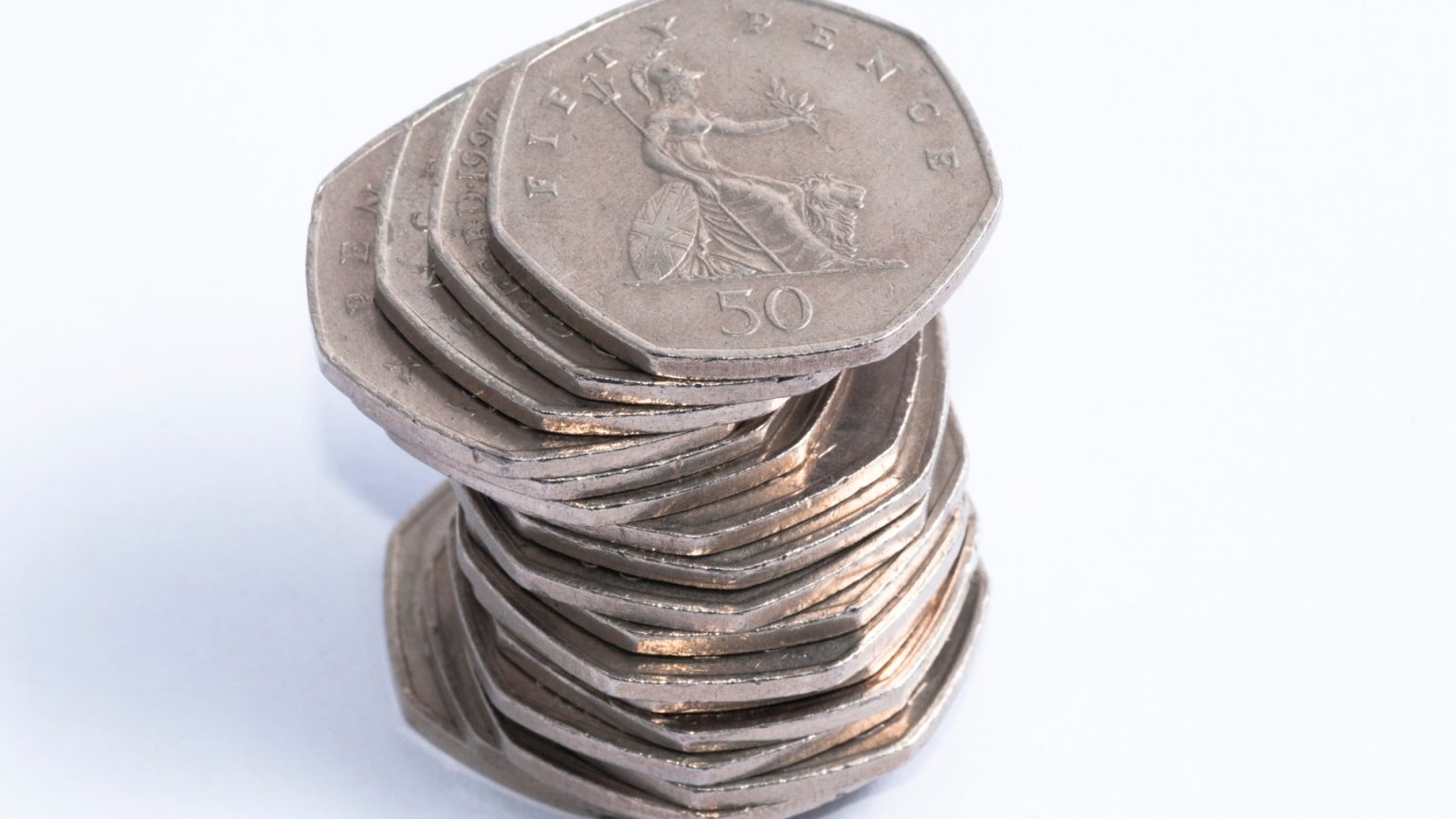The numismatic world has recently witnessed a surge in interest surrounding a 50p coin depicting King Charles and an Atlantic salmon. This coin, released late last year as part of a commemorative series marking the King’s ascension, has been selling for significantly more than its face value, reaching prices as high as £107 on online auction platforms. With a mintage of 200,000, the Atlantic Salmon 50p has officially become the rarest 50p coin in circulation, surpassing the previous record holder, the Kew Gardens 50p, which had a mintage of 210,000. While the Kew Gardens 50p still holds the record for the highest price achieved, selling for £145, the Atlantic Salmon 50p is rapidly gaining ground, its value having increased by approximately £70 since June. This rapid appreciation contrasts with the declining value of other previously sought-after coins, such as the Kew Gardens 50p and certain Olympic and Commonwealth coins. The Royal Mint estimates that only one in 335 people in the UK are likely to encounter the coin in their change, further fueling its desirability among collectors.
The increasing demand for the Atlantic Salmon 50p has sparked a flurry of online sales, with collectors eager to acquire the coin before its price escalates further. Recent sales have seen the coin fetch prices ranging from £147 to £164, with multiple bidders competing for each piece. However, it is crucial to remember that a coin’s value is ultimately determined by what a buyer is willing to pay. Potential sellers should consult resources such as online marketplaces and the Change Checker’s Scarcity Index to gauge a coin’s potential value. The numismatic market is not limited to rare coins with low mintages; error coins, which feature manufacturing mistakes, also command high prices, sometimes reaching thousands of pounds.
Selling a rare coin involves several options, each with its own set of considerations. Online platforms like eBay and Facebook offer convenient avenues for reaching potential buyers. However, caution is advised when using social media platforms due to the risk of scams. Meeting in person in a safe public location is recommended for transactions involving valuable items. Auction houses, including the Royal Mint Collector’s Service, provide a more secure alternative, offering expert authentication and valuation services, albeit for a fee.
When selling on eBay, researching current market prices is crucial for setting a competitive listing price. Observing the prices achieved by similar coins in recent sales provides a valuable benchmark. For instance, if a seller possesses an Atlantic Salmon 50p in good condition and similar coins are selling for upwards of £85, setting a similar price is likely a prudent strategy. Ultimately, the selling price will depend on market demand and the coin’s condition.
For individuals seeking to assess the value of items they own, online resources provide valuable information. eBay’s “sold listings” filter allows users to view the prices achieved by similar items in recent sales, offering insights into market demand. This method applies not only to coins but also to a wide range of collectibles, including stamps, toys, books, and vinyl records. Specialized resources, such as Coin Hunter, cater specifically to coin collectors, providing detailed information on coin values. The Change Checker’s Scarcity Index offers another resource for tracking the relative rarity and demand for different coins.
For items of significant value, seeking the expertise of professional appraisers or auction houses is advisable. These experts possess the knowledge and experience to accurately assess an item’s worth and guide the selling process. However, it is essential to be aware of any fees associated with these services. Generally, rarity and condition are the primary determinants of an item’s value. However, there is no guarantee of substantial profits, as market dynamics can fluctuate.
Collectors and investors are drawn to rare coins for their potential to appreciate in value. The recent surge in the price of the King Charles Atlantic Salmon 50p exemplifies this phenomenon. The coin’s low mintage, coupled with the rising interest in royal memorabilia, has contributed to its rapid price appreciation. This trend is not unique to the Atlantic Salmon 50p; other rare and error coins have also achieved significant value in the collector’s market. However, it is crucial for potential investors and collectors to conduct thorough research and exercise caution when buying or selling valuable coins.
The allure of rare coins lies in their historical significance, limited availability, and potential for financial gain. The King Charles Atlantic Salmon 50p, with its relatively low mintage and royal connection, has captured the attention of collectors and investors alike. While the coin’s current market value is subject to fluctuation, its rarity and historical context suggest the potential for continued appreciation. However, as with any investment, caution and diligent research are essential. The numismatic market is dynamic, influenced by factors such as rarity, condition, and collector demand, making informed decision-making paramount. The story of the King Charles Atlantic Salmon 50p serves as a reminder of the potential treasures lurking in our pockets and the exciting possibilities that the world of numismatics holds.


